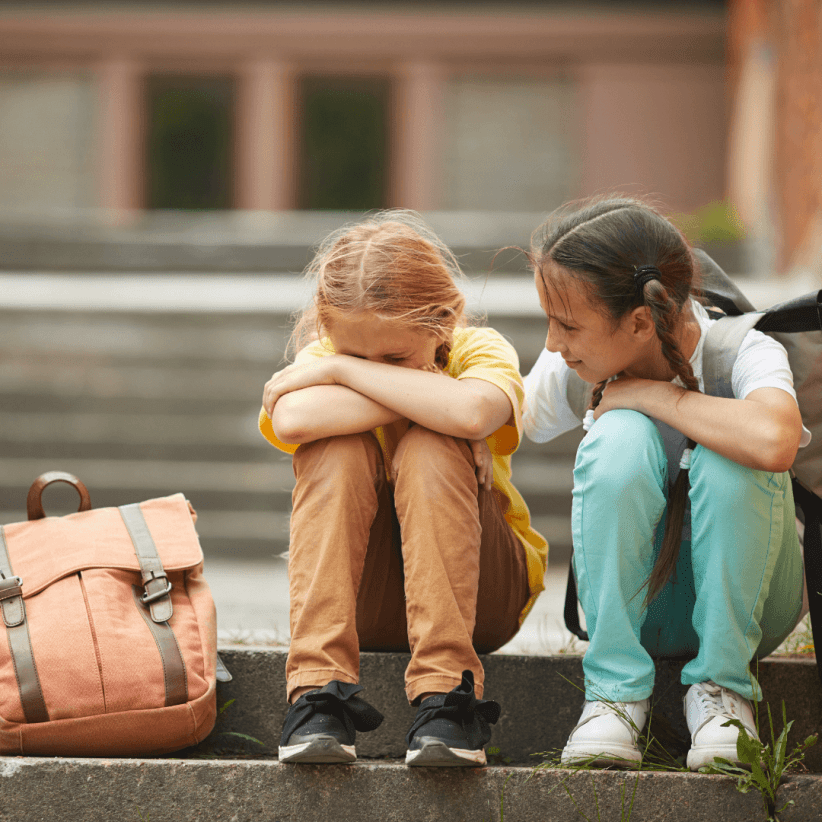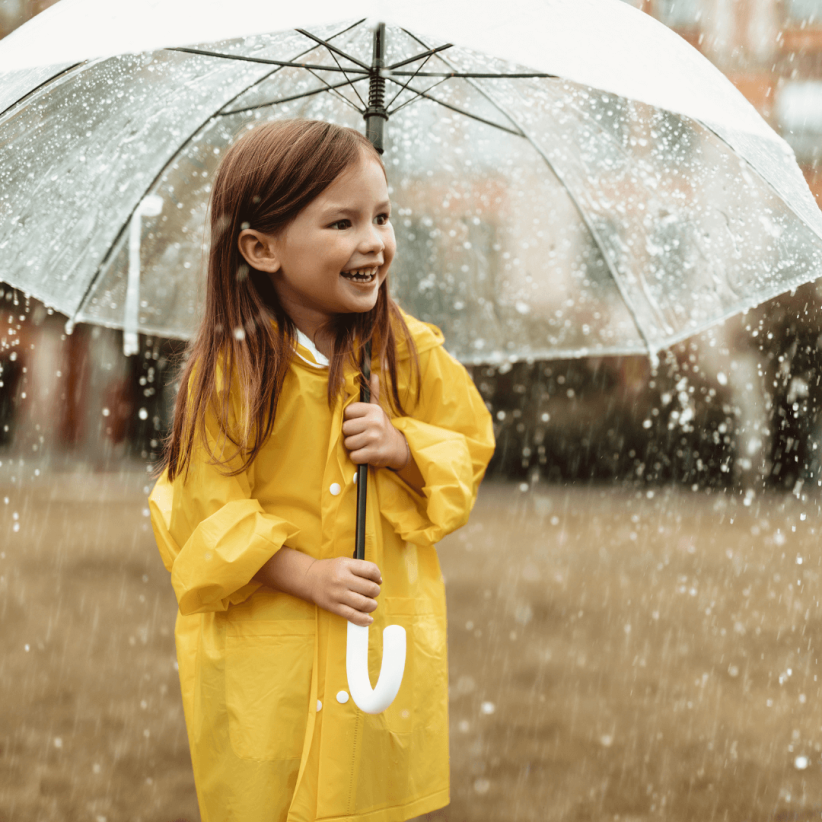Is winter putting a chill on your usual outdoor fun? Take advantage of the cold season to explore the natural world, experiment, and get creative. Add art to STEM activities, and you get STEAM. From snow to stars to survival of animals, these activities are sure to STEAM things up.
Snow STEAM
Instead of sledding or building a snowman, try studying snow. Talk about what happens when you bring snow inside. Most kids know it melts and turn to water. Now get curious. Fill a jar with snow to do two experiments. (No snow? Try these experiments with crushed ice.)
•Predict how long the snow will take to melt. Mark the time you brought the snow in and check in on it periodically. How much faster does it melt if you place the jar near a heater or warm stove than if you place it in an unheated room or near a window?
•Estimate how much water there will be in the jar when the snow melts. If the jar is full of snow, will the water be all the way to the top? Mark each person’s guess on the jar. Are you surprised at the results?
Then take a closer look at snowflakes. Put a piece of black paper in the freezer for a few hours. Then bring it outside while it snows to capture flakes. Use a hand lens to take a closer look at the snowflakes. What do different snowflakes have in common? What differences do you see?
After exploring snow shapes, make your own paper snowflakes. Cut circles out of white paper or use paper coffee filters. Fold in quarters (or smaller) and use scissors to cut intricate shapes. You can get templates online to help you create a variety of shapes inspired by actual snowflakes. Unfold to see your symmetrical snowflakes.
Read about it:
•The Snowy Day by Ezra Jack Keats – This book for younger kids has less detail about snow, but you can talk about the snowball the boy puts in his pocket as part of your melting experiment.
•The Story of Snow: The Science of Winter’s Wonder by Mark Cassino – Learn about how snow crystals form and the answers to other questions about snow.
•Snowflake Bentley by Jacqueline Briggs Martin– This is the story of Wilson Bentley, a real man determined to photograph snow. (You can find some of his images online at the Smithsonian Institute Archives.) The book includes an illustrated story and background notes in the sidebars.
Winter Sky STEAM
Bundle up and go outside to look up at the night sky. The longer darkness of winter gives us more opportunity to view the stars. See if you can pick out constellations. Star guides come in books, maps, decks of constellation cards, and even apps to help you. Orion’s belt – three stars close together in a straight line – is usually an easy one to spot.
In addition to stars, try tracking the moon. Go out early to see where the moon rises. Take another look in the afternoon and again right before bed to see if the moon appears to have moved. Track the moon for a month, watching how it changes as it waxes and wanes.
Use dark paper and white or silver paint to create your own constellation charts or moon maps showing your observations.
Read about it:
•Zoo in the Sky: A Book of Animal Constellations by Jacqueline Mitton – Use this book as an introduction to constellations for young children.
•The Moon Seems to Change by Franklyn M. Branley – Learn more about why the moon changes size and shape.
•A Child’s Introduction to the Night Sky by Michael Driscoll – Learn about stargazing, including the stories behind the constellations and how to find things in the night sky.
Animals in Winter STEAM
Take a winter walk in the woods. Slow down and keep your eyes peeled for signs of animal life. Some things you might find:
•footprints in snow or mud
•scat
•holes in the snow from burrowing animals
•animal homes (beaver lodges, squirrel nests in trees)
•packed areas in the snow where animals have slept
•animals themselves
Ask questions like: What do animals need for the winter? Where do they find the things they need? Which animals do we see signs of? Where are other animals?
Talk about what kids know and have observed already. For example, they may have seen geese migrating or learned about butterfly migration in school. Use the books below, field guides or the Internet to explore how particular animals cope in the winter.
Create a model of an animal winter habitat. Use a shoe box or other small box, clay, construction paper, paint, twigs or other objects gathered from nature to show how a specific animal spends the winter.
Read about it:
•Owl Moon by Jane Yolen – Get inspired to go owling (or for another night walk) yourself.
•Over and Under the Snow by Kate Messner – Learn about animals including squirrels, bears, frogs, and more, and where they live over and under the snow.
•Someone Walks By by Polly Carson-Voiles – Explore the different ways animals thrive in the winter.
There is so much happening in the natural world in every season. These STEAM activities are just a starting point for your winter exploration. What will you and your family observe, notice, wonder, and create next?
Sara Barry is a freelance writer who loves exploring the changes in her environment throughout the seasons.








